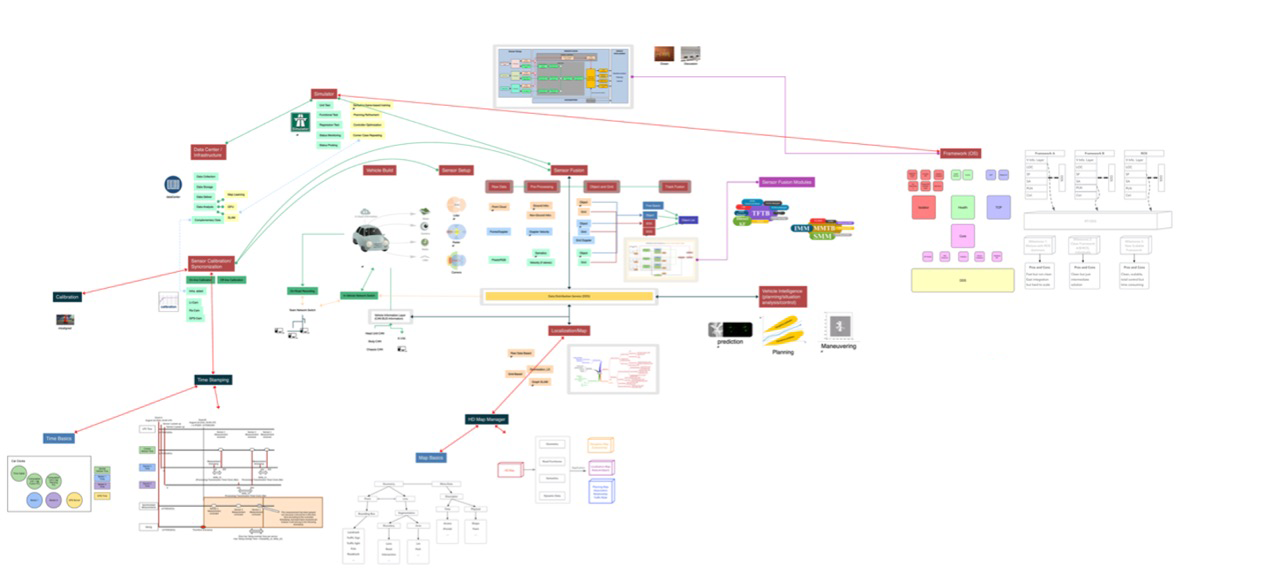
Smart sensor fusion require five key technologies:
T2TF, CTF, CSF, HierarchicalSF and Hybrid Fusion.
Applied to the three main directions in autonomous systems: Perception, Prediction and Planning.
Generating 7-D world model in:
Positions, Dynamics, Shapes, Catagories and Time Domains.
The research presents Tier 1 AD solution, consisting of
data
center, software, hardware and IIoT services.
-
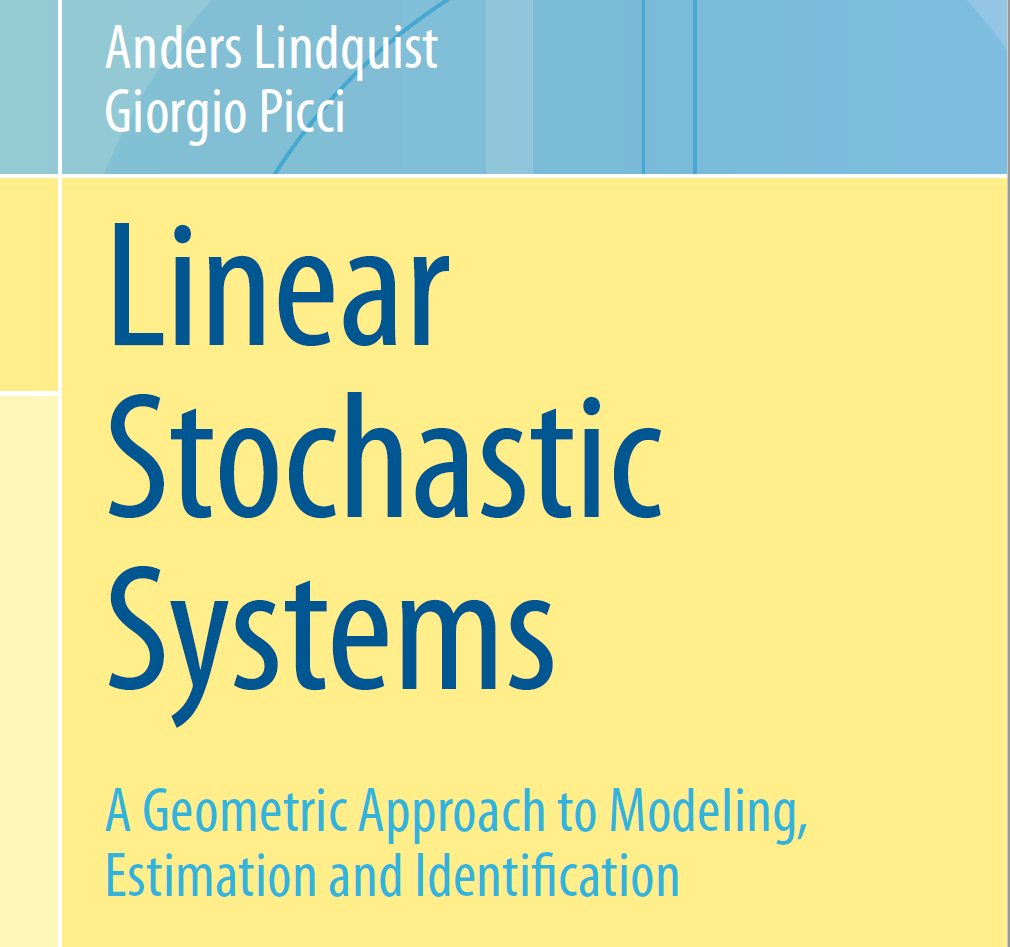
Reveals the concepts of stochastic state space and state space modeling to unify the idea. Supports further exploration through a unified and logically consistent view of the subject.
-
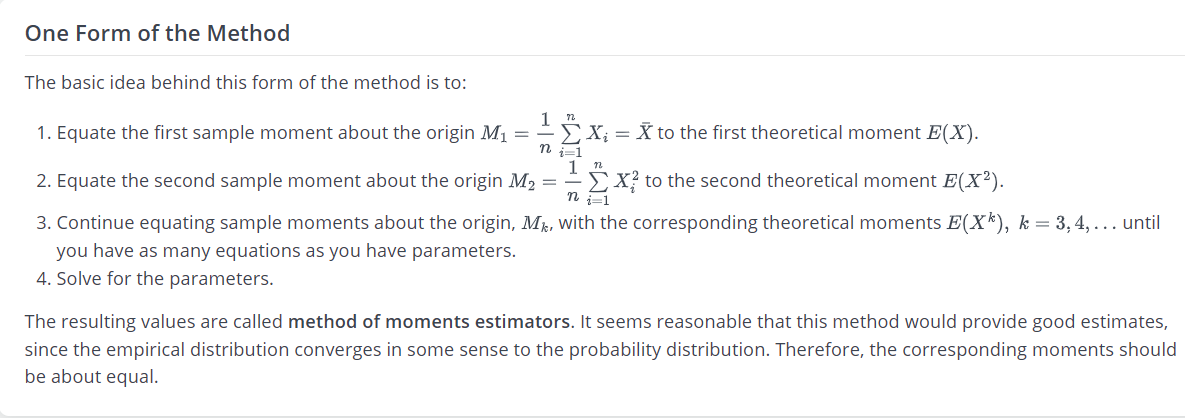
In short, the method of moments involves equating sample moments with theoretical moments. So, let's start by making sure we recall the definitions of theoretical moments, as well as learn the definitions of sample moments.
-
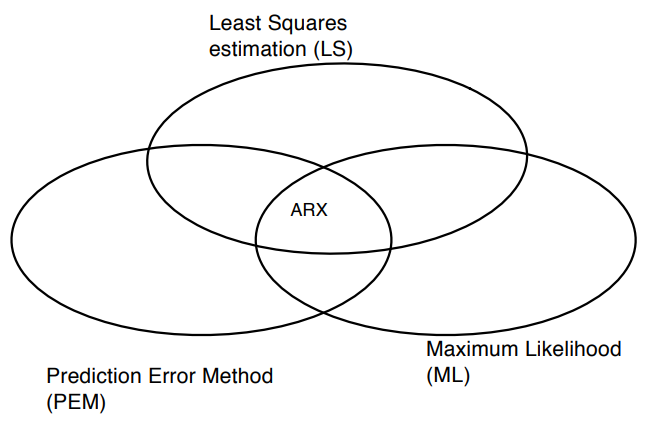
This chapter studies the parameter estimation technique called the Prediction Error Method (PEM). The idea is that rather than a plain least squares approach, or a statistical maximum likelihood approach there is a third important principle in use for estimating the parameters of a dynamic model based on recorded observations. This technique considers the accuracy of the predictions computed for the observations, rather than the model mismatch are the likelihood of the corresponding statistical model. This technique is perhaps the most tightly connected to systems theory as it explicitly exploits the dynamical structure of the studied system. Those three design principles are represented schematically in Fig. (6.1). In a number of cases the three design decision leads to the same estimators as will be discussed in some detail
-

2019/03
In general, the Image Sensor processes the basic information of the object collected by the lens before sending it to the ISP for serialized transmission. LVDS-based transmission on coaxial cable or twisted pair, as well as direct transmission via Ethernet, are two further options.
-
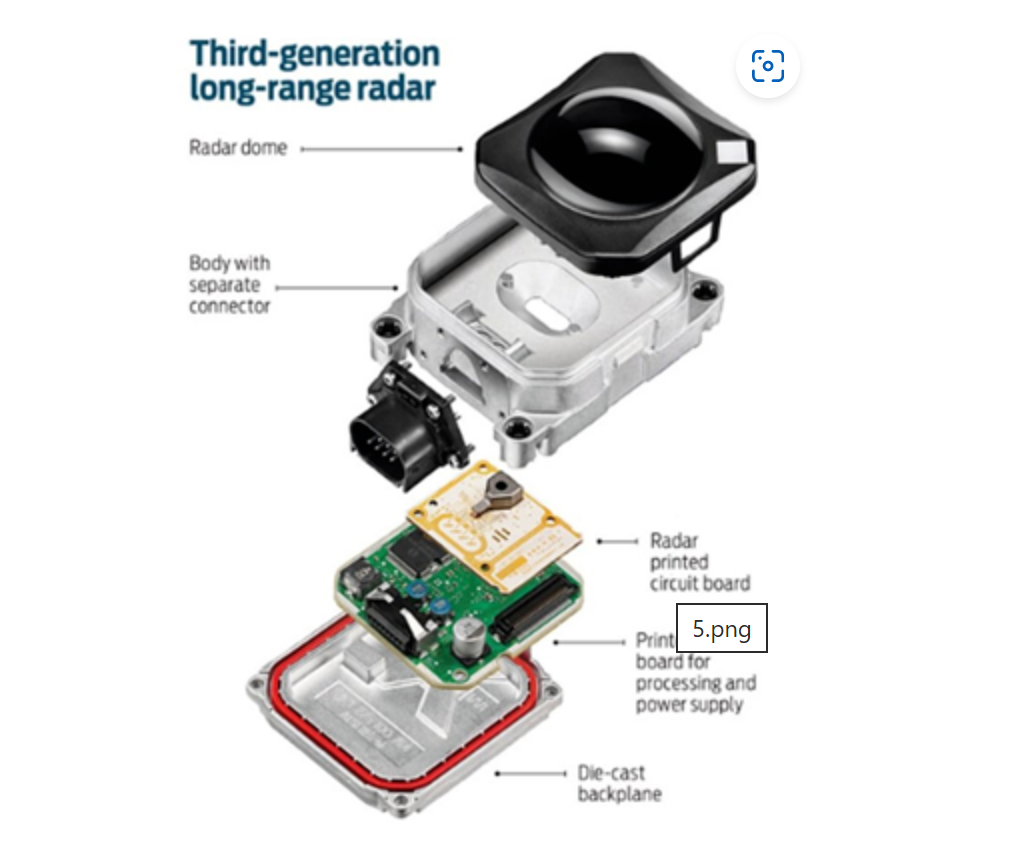
2019/09
Radar is essentially an electromagnetic wave that is reflected after being obstructed by objects on its transmission route. The distance, speed, and angle of the item can be determined by collecting the reflected signal. Millimeter-wave radar may produce electromagnetic wave signals with wavelengths of 1-10mm and frequencies of 30-300GHz.
-

2023/01
The point cloud measurement necessitates accurate installation positioning, and the mechanical structure necessitates a complicated mechanical structure. Given the effects of the environment and aging, the average failure duration is just 1000-3000 hours, making it impossible to meet the automobile factory's minimum requirement of 13000 hours. Furthermore, because LiDAR is mounted on the car's roof, civil engineers must address external maintenance difficulties such as the influence of car washing. As a result, mechanical construction severely restricts the cost and promotion of the application.
-
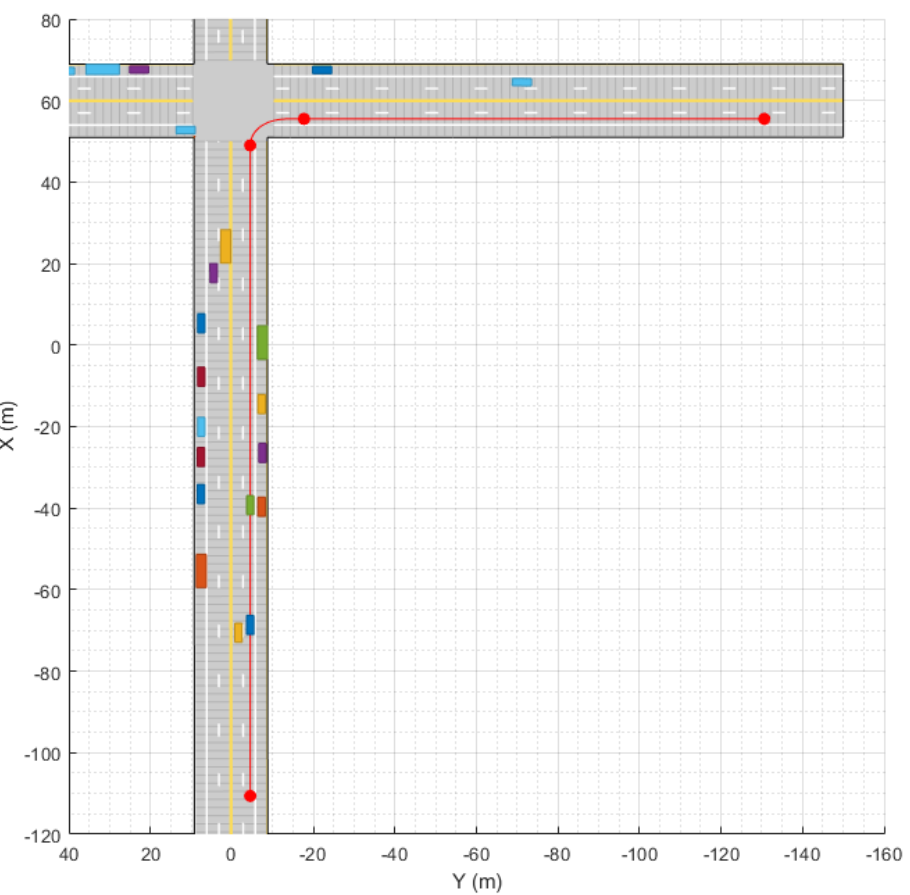
Dynamic Occupancy Grid Map(DOGMA)
2019/03
In the presence of dynamic obstacles in the environment, a local motion planner requires short-term predictions of the information about the surroundings to assess the validity of the planned trajectories. The choice of environment representation is typically governed by the upstream perception algorithm. For planning algorithms, the object-based representation offers a memory-efficient description of the environment. It also allows for an easier way to define inter-object relations for behavior prediction. On the other hand, a grid-based approach allows for an object-model-free representation, which assists in efficient collision-checking in complex scenarios with large number of objects. The grid-based representation is also less sensitive to imperfections of object extraction such as false and missed targets. A hybrid of these two approaches is also possible by extracting object hypothesis from the grid-based representation.
-

Multisensor data fusion: A review of the state-of-the-art
2019/09
There has been an ever-increasing interest in multi-disciplinary research on multisensor data fusion technology, driven by its versatility and diverse areas of application. Therefore, there seems to be a real need for an analytical review of recent developments in the data fusion domain. This paper proposes a comprehensive review of the data fusion state of the art, exploring its conceptualizations, benefits, and challenging aspects, as well as existing methodologies. In addition, several future directions of research in the data fusion community are highlighted and described.
-
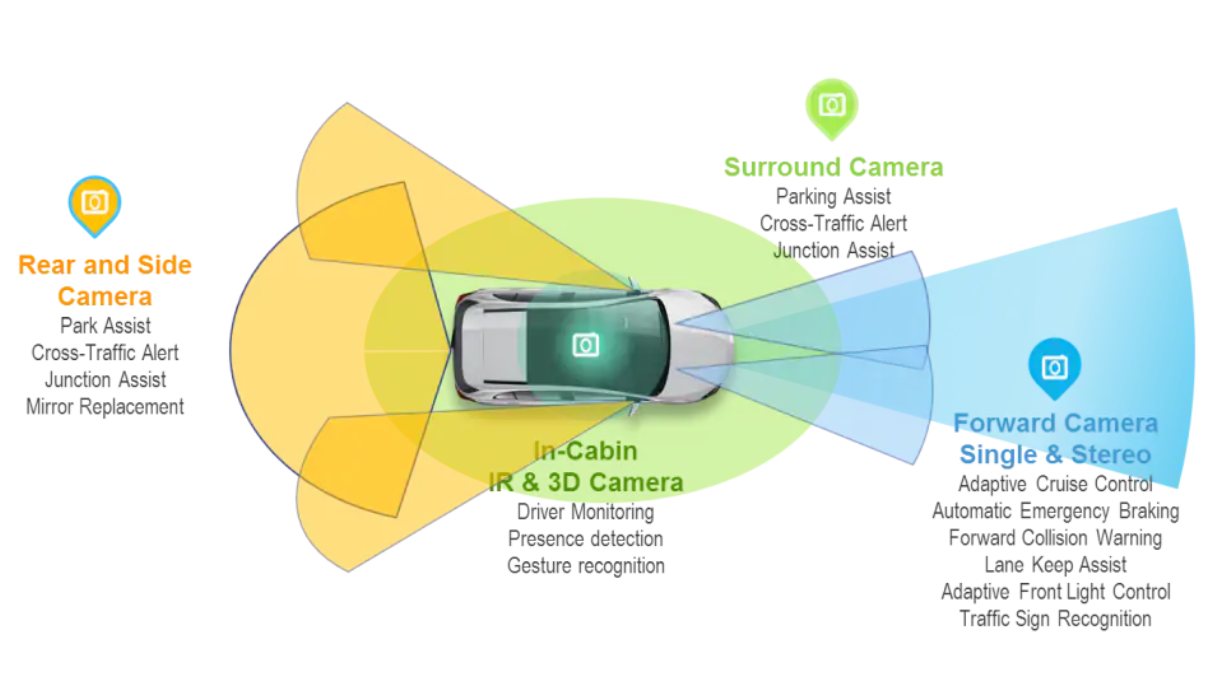
RADAR, Camera, LiDAR and V2X for Autonomous Cars
2023/01
Vehicle autonomy and driver assistance systems rely on a combination of a balanced mix of technologies: RADAR (RAdio Detection And Ranging), LiDAR (LIght Detection And Ranging), cameras and V2X (vehicle -to-everything) communications. These technologies often have overlapping capabilities, but each has its own strengths and limitations.
Ting Yuan, Wenqi Cao, Shuqi Zhang...
Autonomous driving poses unique challenges for vehicle environment perception systems. It is highly desirable that we utilize existing vehicle-equipped driver-assistant sensors, without hardware change, to achieve driverless performance. Current product level vehicle surround view camera module (denoted concisely as SVS) is served as a panoramic view visual aid tool for low-automation applications. With proper statistical analysis, the multiple mono-camera information can be very useful for higher vehicle intelligence without significant hardware change. In this study, we focus on lane detection and estimation from a SVS only system.
Wenqi Cao, Giorgio Picci, Anders Lindquist
We study modeling and identification of stationary processes with a spectral density matrix of low rank. Equivalently, we consider processes having an innovation of reduced dimension for which Prediction Error Methods (PEM) algorithms are not directly applicable. We show that these processes admit a special feedback structure with a deterministic feedback channel which can be used to split the identification in two steps, one of which can be based on standard algorithms while the other is based on a deterministic least squares fit. Identifiability of the feedback system is analyzed and a unique identifiable structure is characterized. Simulations show that the proposed procedure works well in some simple examples.



